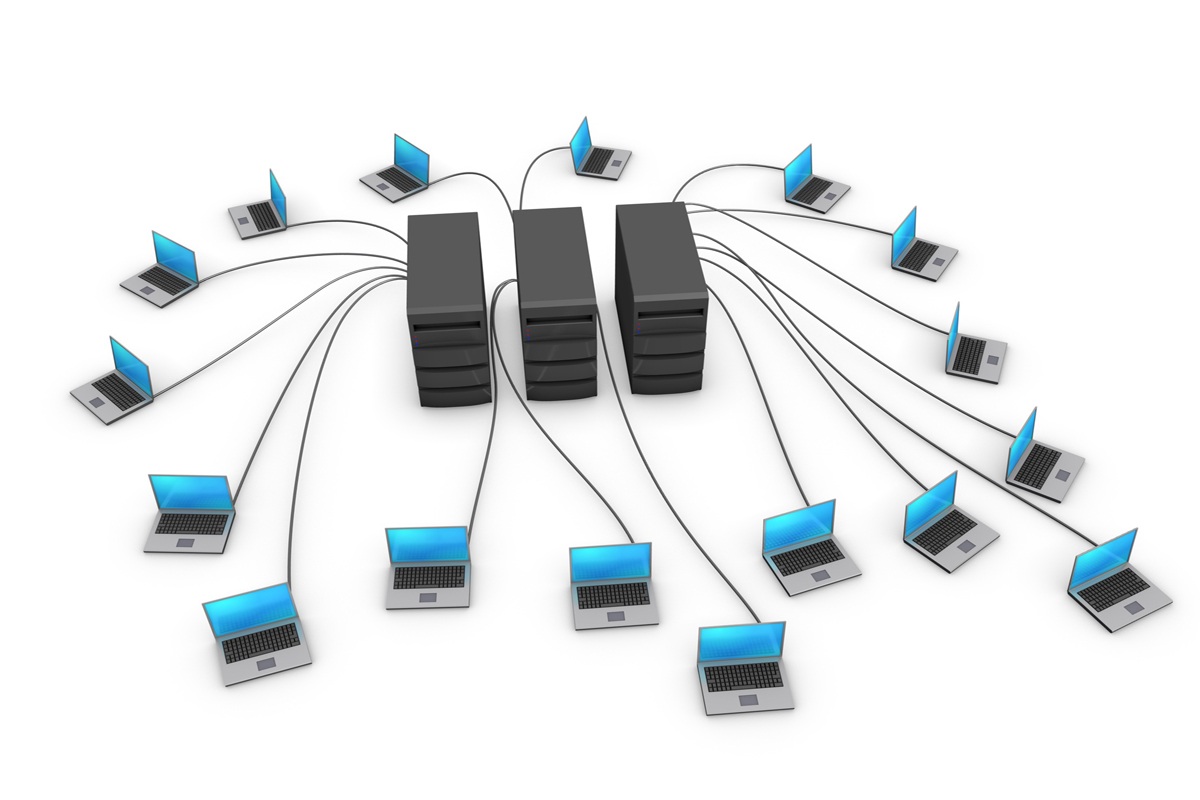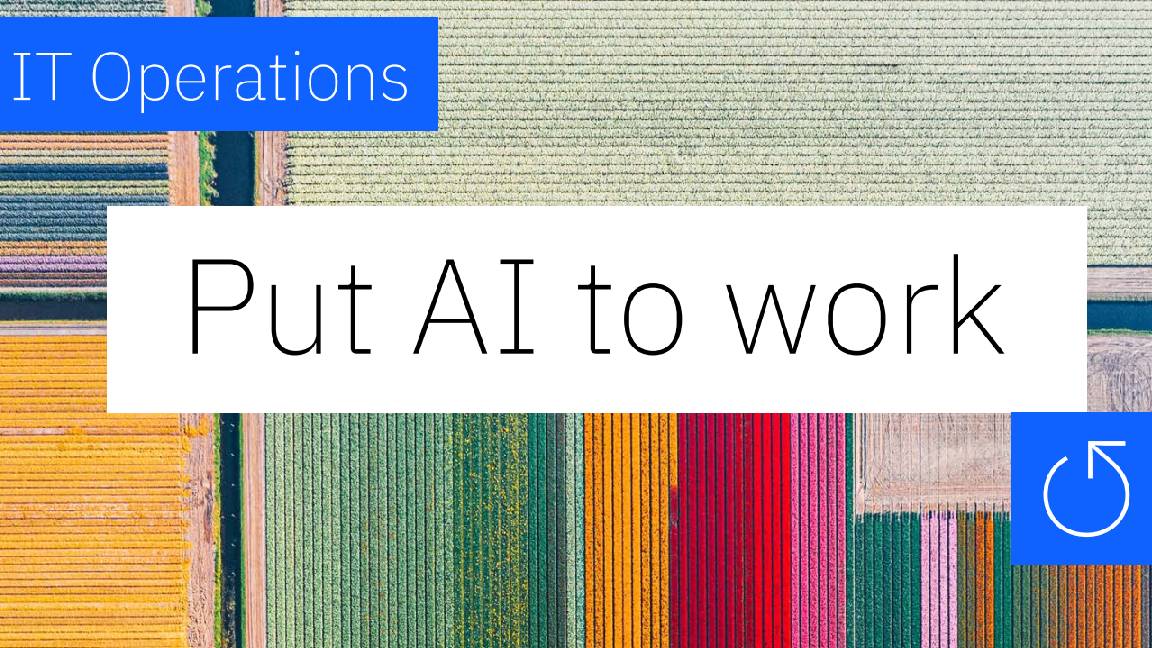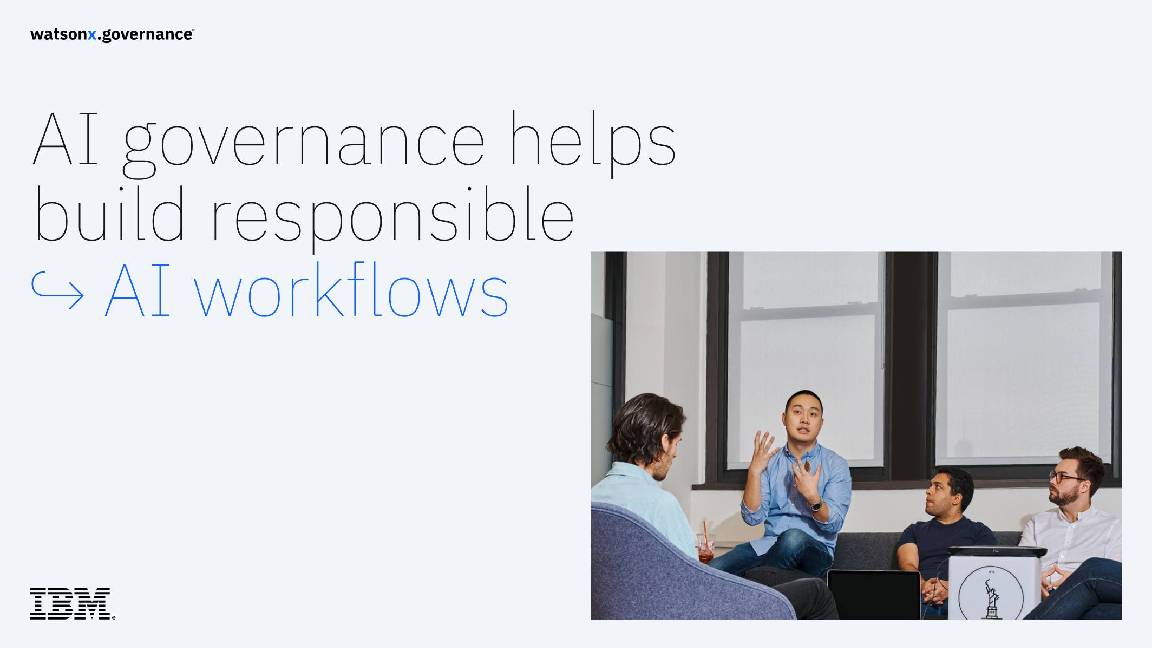IBM turns to big iron again
IBM's Z13 mainframe is designed for the app age, but will it win businesses back from general-purpose hardware?

Inside the enterprise: According to IDC, the technology research firm, mainframes account for just 1.7 per cent of IT spending in the UK, and 2.4 per cent in Western Europe.
But these figures underplay the platform's importance. Among companies that use mainframes, big iron runs 60 per cent of their mission-critical applications, and 20 per cent of their open source workloads.
This suggests that, relative to the workloads they handle, mainframes are a highly economical platform. But that assumes, of course, that businesses can afford the considerable initial outlay and that they have the skills to operate and maintain them.
Despite positive research numbers which IBM, in particular, does wheel out from time to time mainframes are no longer the workhorses of computing they once were.
Although IBM still makes them, rival manufacturers have switched to other architectures, especially (Intel) x86, and the concept of connecting up large numbers of small servers, rather than running one, very large, machine. That's exactly how Google, and plenty of other cloud-based services, work.
IBM, though, has not given up the fight. In fact, it has just announced a new mainframe unit, the z13.
This, IBM says, can process a staggering 2.5bn transactions a day, carry out real-time encryption on mobile transactions, and even has built-in support for analytics, removing the need to ship data out to another server to see how the business is doing.
Sign up today and you will receive a free copy of our Future Focus 2025 report - the leading guidance on AI, cybersecurity and other IT challenges as per 700+ senior executives
The company is touting the z13 as the first mainframe for the app economy, and says one z13 can handle the equivalent of 100 Cyber Mondays' worth of business.
But if this looks like an attempt by IBM to throw everything it has into the new computer record-breaking processors, encryption, and its open source analytics know how that is not far from the truth. The idea is to create a system rather than a computer.
By integrating analytics, for example, the z13 is able to carry out real-time fraud detection, as well as supporting customisation for e-commerce and m-commerce. IBM's zOS is being upgraded to support in-memory analytics, and its DB2 database will run in memory too.
Then there are the hosting and virtualisation aspects of the mainframe: the z13 can run up to 8,000 virtual servers, and IBM says the new machine is more energy efficient than either x86 hardware or older mainframes.
The total cost of ownership, IBM predicts, will be 32 per cent lower than an x86-based private cloud and a staggering 60 per cent lower than a public cloud although real-world performance will vary, depending on firms' actual workloads.
But people who work with mainframes, at least, are positive about the new system. "The mainframe of today is very different to the mainframe that launched 51 years ago," says Derek Britton, a director at Microfocus. "It consumes less power, has less of an environmental impact, and a lower total cost of ownership there is a huge opportunity here for businesses to use the mainframe to deliver more business value."
IBM, for its part, recently sold its low-end x86 arm to Lenovo. So it will need the new mainframe to shore up declining hardware revenues; the company is set to release its fourth quarter earnings on 20 January.
Stephen Pritchard is a contributing editor at IT Pro.
-
 What does modern security success look like for financial services?
What does modern security success look like for financial services?Sponsored As financial institutions grapple with evolving cyber threats, intensifying regulations, and the limitations of ageing IT infrastructure, the need for a resilient and forward-thinking security strategy has never been greater
-
 Yes, legal AI. But what can you actually do with it? Let’s take a look…
Yes, legal AI. But what can you actually do with it? Let’s take a look…Sponsored Legal AI is a knowledge multiplier that can accelerate research, sharpen insights, and organize information, provided legal teams have confidence in its transparent and auditable application
-
 Put AI to work for IT operations
Put AI to work for IT operationswhitepaper Reduce the cost and complexity of managing hybrid applications
-
 AI in the retail industry is spreading beyond the IT department
AI in the retail industry is spreading beyond the IT departmentNews AI has become a strategic imperative for retailers, delivering marked productivity gains
-
 Maximizing contact center operations with generative AI assistants backed by responsible AI principles
Maximizing contact center operations with generative AI assistants backed by responsible AI principleswhitepaper Reduce the cost and complexity of managing hybrid applications
-
 IBM just launched powerful new open source AI models – here’s what you need to know
IBM just launched powerful new open source AI models – here’s what you need to knowNews Available under the Apache 2.0 license, IBM's Granite 3.0 models are trained on enterprise data and can out-perform the competition
-
 Achieving business outcomes with generative AI
Achieving business outcomes with generative AIWebinar Take your hybrid cloud journey to the next level with generative AI
-
 Wimbledon’s new Catch Me Up AI feature promises to keep fans up to date at the tournament – after it irons out some of the wrinkles
Wimbledon’s new Catch Me Up AI feature promises to keep fans up to date at the tournament – after it irons out some of the wrinklesNews The latest feature to come out of IBM’s partnership with Wimbledon will keep fans engaged from the early stages right through to the final with dynamic player insights
-
 AI demands new ways of data management
AI demands new ways of data managementwhitepaper The data leader’s guide for how to leverage the right databases for applications, analytics and generative AI
-
 AI governance for responsible transparent and explainable AI workflows
AI governance for responsible transparent and explainable AI workflowswhitepaper Build greater trust in your AI